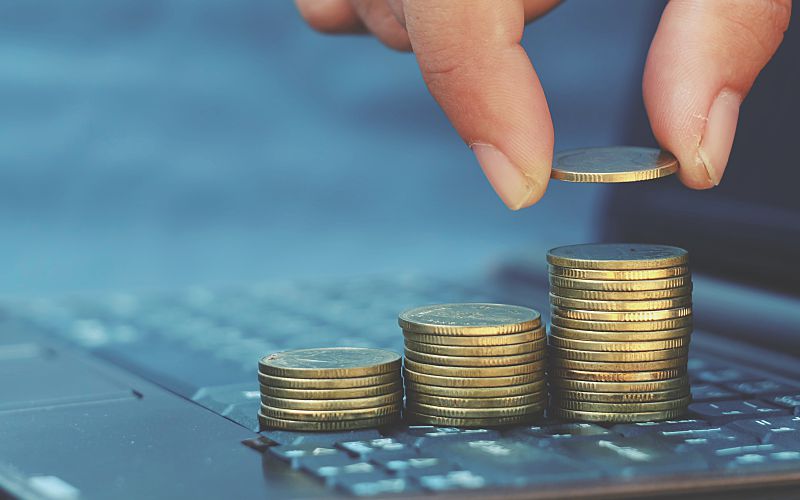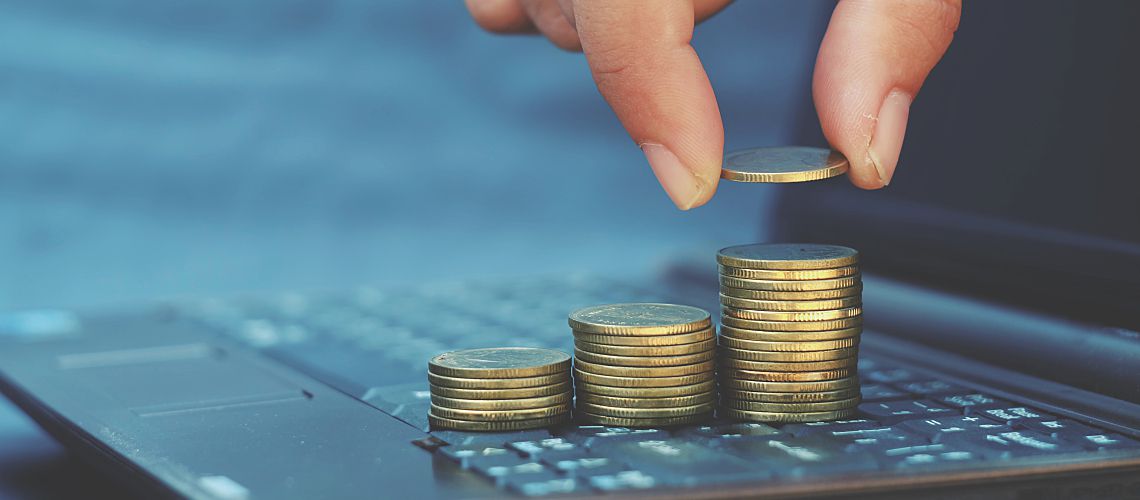Finding Cost Savings in Your Lab Post-Pandemic


As a lab manager, cost savings are likely already at the top of your list of priorities — but now, as you work to get your lab on solid financial footing in the wake of the COVID-19 pandemic, finding ways to save is even more crucial.
Whether due to reduced revenues as clients scaled back projects or to increased expenses as you made your lab safe for employees during and beyond the pandemic, the need to maximize efficiencies has never been greater. The good news is you've long been running your lab with an eye toward controlling costs. While surviving the pandemic meant weathering both cuts in revenues and increases in expenditures, what's needed now is to remember the fundamentals of budget management even as you look for ways to improve upon them.
FREE Best practices guide: Interpret your water testing results with confidence
Track Costs for the New Normal
First up, not surprisingly, is keeping careful track of your costs. This may have been something you had to compromise on during the pandemic, given that no one anticipated the kinds of expenditures that became necessary to retrofit workspaces for employee safety.
But in addition to looking at budget data from past years, now is the time to renew tracking all your lab's essential costs, including overhead, salaries, supplies, and equipment costs. Some of these, particularly the costs for supplies and equipment, may be different than what you were maintaining before the pandemic, depending on the extent to which you choose or need to maintain your workplace adaptations.
Nonetheless, as before the pandemic, the goal is to develop accurate insights into your lab's spending, which will enable you to monitor expenditures moving forward while continuing to search for savings opportunities.

Determine Equipment Upgrades
It may seem counterintuitive to consider spending on equipment when you're trying to restore stability to your budget, but it is still worth considering. After all, the pandemic likely forced you to spend in ways you hadn't planned on, and the effects on infrastructure spending in many sectors aren't likely to disappear any time soon. Many businesses have transformed their operations in order to move forward, and new equipment may be part of that transformation.
The biggest practical consideration may be the savings your lab might realize with newer, more energy-efficient equipment. Moreover, "new equipment" doesn't automatically mean fresh off the production line. In some instances, myriad benefits and cost savings may be achieved by purchasing pre-owned lab equipment — although it would involve taking care to find a reputable reseller who is willing to offer some guarantee that the equipment is in good working order.
Whether new, pre-owned, or the equipment you currently have, the bottom line is to ensure it's operating at maximum efficiency as you work to get your lab's productivity and finances back in order.
Renew and Refresh Your Staff Training
For many businesses, the pandemic was an extended period of treading water, when practices such as staff training and employee review were less of a priority. Moreover, many employees have had their work patterns significantly disrupted either by changes in the workplace or by illness impacting either themselves or family members.
Consequently, here is another place where the idea of "re-opening" can involve both resuming processes that are closer to pre-pandemic patterns while also refocusing your systems to gain efficiencies and reduce costs.
Many of your longstanding considerations concerning staff training — ensuring they're keeping up with industry standards, technological changes, and skills development — are as valid now as they were before, but time management is an area that may merit increased attention, particularly now that they're back in the lab on a regular basis.
As you and your team get re-acclimated to your lab's in-house patterns, observe their actions in their work environment to evaluate their level of productivity and quality and set standards moving forward. Part of this involves identifying which employees are particularly efficient in order to incorporate their practices into time management training programs.
Making the effort to incorporate time management training, with accompanying goals, into your regular training practices will benefit your lab over time by improving overall operational efficiency.
Running a Lab: An Exercise in Project Management
Your job involves ensuring the smooth operation of numerous ongoing projects while managing the entire lab. As such, the three core factors you must constantly balance are the scope of your lab's goals and accompanying efforts, the cost of keeping the doors open and systems running smoothly, and the time involved in maintaining it — all while continuing to move forward.
No one expected the pandemic, or how it has incalculably disrupted so many workplaces, but the path forward seems to be clearing. Your job now is to get your lab back on track. When it comes to controlling costs, that means remembering what you were doing right before the pandemic, with a few adjustments that account for the post-COVID landscape.






